Series News
Formula 1’s new season gets under way in 2023 with a three-day pre-season test in Bahrain.
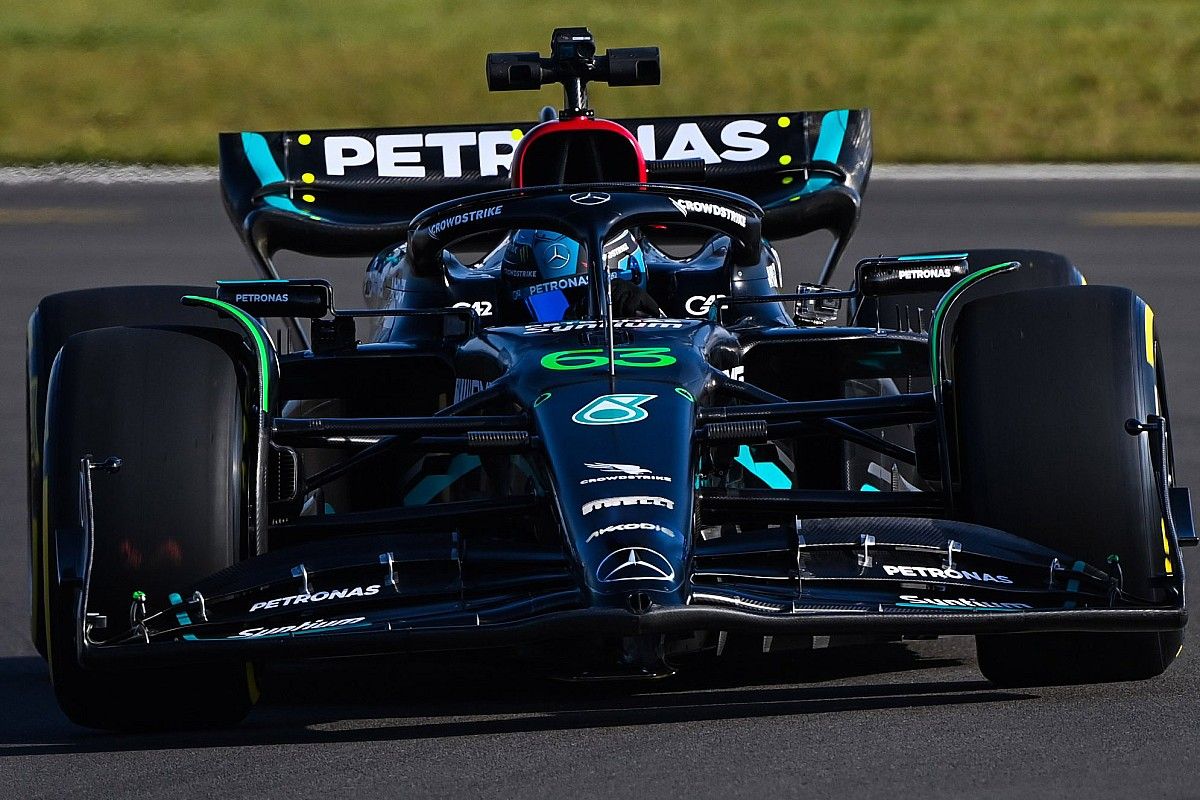
Following last year's technical regulations overhaul, F1 undergoes minor changes to the new era of ground-effect cars launched last season.
The biggest tweak to last year has been the car floors raised by 15mm on safety grounds to combat the porpoising issue which dominated the 2022 season technical rules talking points.
Various other rules around the new regulations have been tightened up, while an ongoing focus will be Red Bull's F1 cost cap breach penalty and how it manages with its $7 million fine and 10% cut in aerodynamic testing time.
F1 teams have taken a variety of approaches during the launches. From not revealing the new car and sticking to a livery-only launch like Red Bull, to a full car demonstration at Ferrari to even revealing two cars as Alpine did as the last of the teams to launch.
But the world will get its first proper showing of all the new cars at the sole 2023 pre-season test at Bahrain, held one week before the opening round at the same venue.
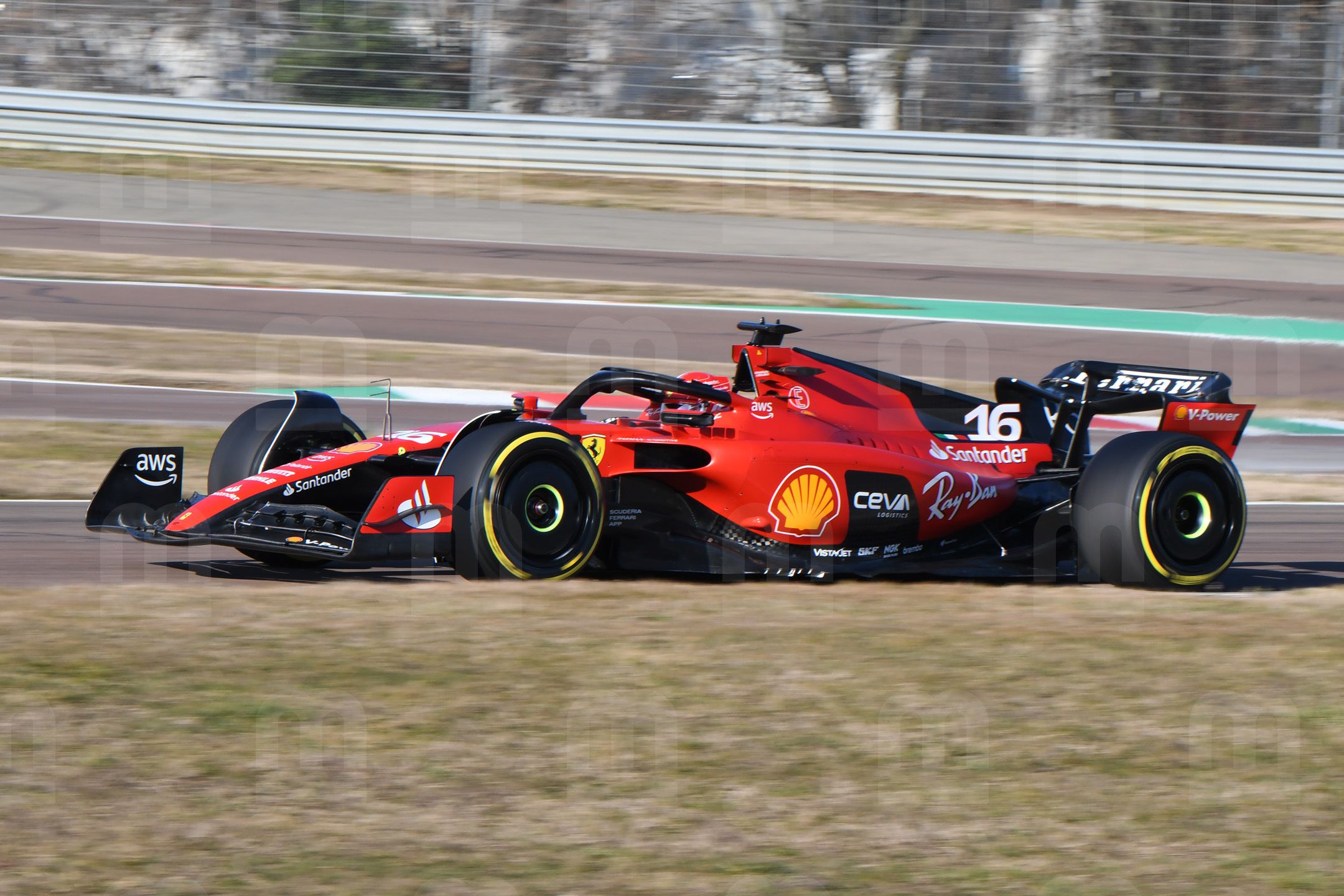
When is F1's 2023 pre-season testing?
Bahrain F1 pre-season test: 23-25 February 2023
Day 1: Thursday 23 February 7am-4:30pm GMT (10am-7.30pm local time)
Day 2: Friday 24 February 7am-4:30pm GMT (10am-7.30pm local time)
Day 3: Saturday 25 February 7am-4:30pm GMT (10am-7.30pm local time)
F1 is holding just one pre-season test this year, having split two tests between Barcelona and Bahrain at the start of the new rules era, meaning each team has just three days of on-track action to get up to speed before the first round.
Bahrain's selection as the pre-season test venue allows F1 teams to enjoy track action in representative hot, dry and sunny conditions while also keeping costs and environmental concerns in check by minimising travel and logistics challenges because the track also hosts the opening race one week later.
Can I watch pre-season testing?
F1 will broadcast the entire Bahrain test on Sky Sports F1 in the United Kingdom and Ireland, plus on F1 TV in territories where it is available.
Bahrain F1 test: 23-25 February
Channels: Sky Sports F1 (UK and Ireland only)
Start time: 6:50am GMT, each day 23-25 February
Channel numbers - Sky: 406
Channel numbers - Virgin Media: 506
Motorsport.com will be running a live text commentary on the F1 pre-season test from Bahrain.
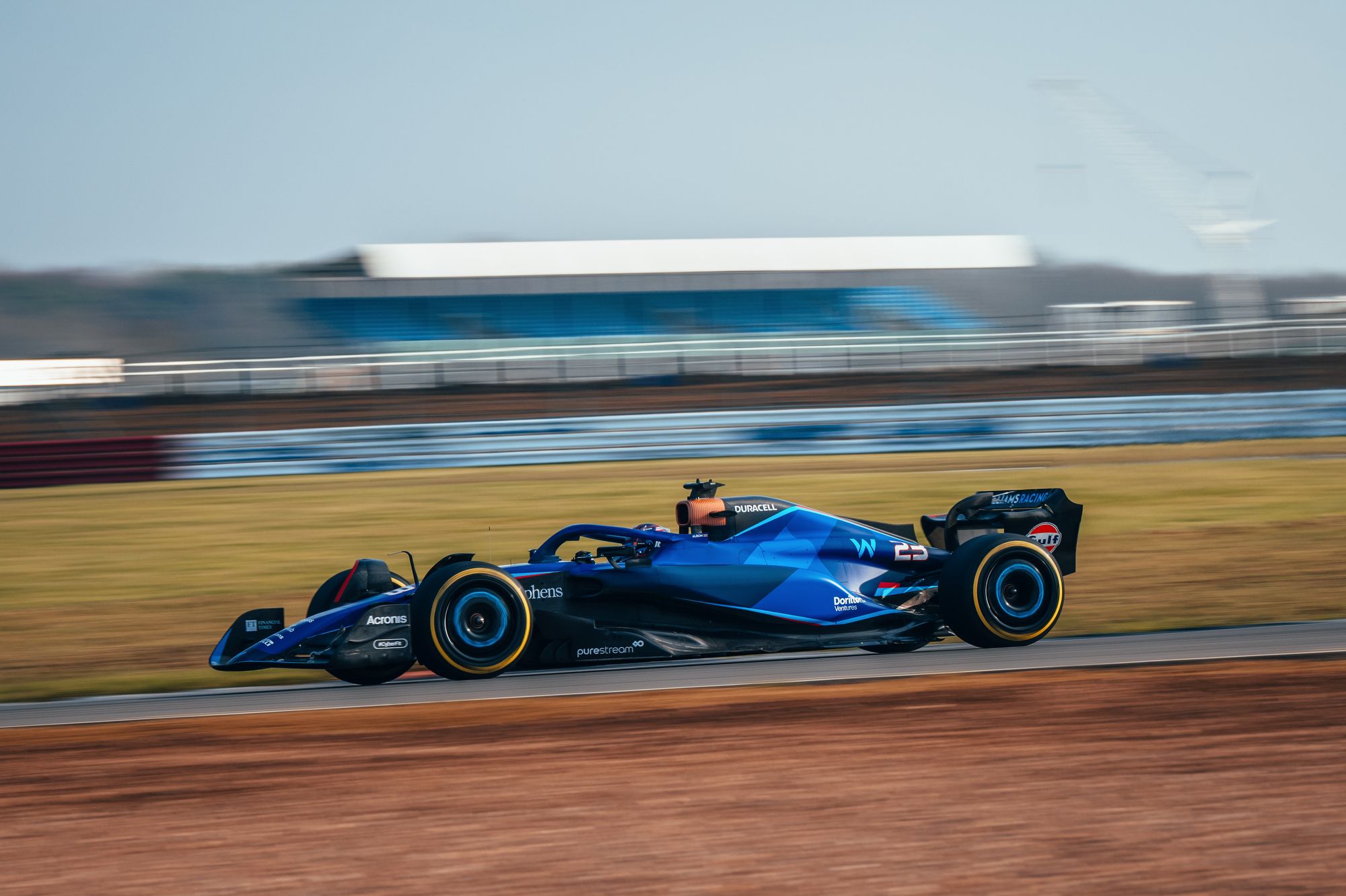
Weather forecast for F1 pre-season test at Bahrain
The Bahrain International Circuit is set for warm and sunny conditions throughout the test, with a very low chance of rain. Highs of 25 degrees Celsius are predicted on Friday, with similar conditions expected across all three days.
What happens at testing?
As the name indicates, F1 teams are able to test their cars on the permitted days of track action and run any number of set-ups, parts and programmes they wish. Pirelli provides an equal number of each tyre compound to every team, usually enough to allow all teams to complete as much running as it desires, while the number of laps is theoretically unlimited within the hours the track is open.
While scrutineering by the FIA isn't strictly enforced as the tests aren't held under grand prix conditions, all normal safety requirements must be followed for running the cars on track as set out by the FIA regulations. F1 teams could, in theory, run a car that is safe but not legal but there would be minimal benefit in this as the teams wouldn't be able to use the car in the same specification or set-up in a race weekend.
Outside of that, F1 teams are permitted to design their own test programmes, including run plans, tyre usage, fuel loads and which of its drivers test the car – including reserve or test drivers who will not compete in the upcoming season.
Are the times realistic?
As the cliche goes, it is only testing, so all lap times must be taken as a rough guide rather than the definitive pecking order for the F1 grid. This is because all teams prefer to hide their own full performance capability until the first qualifying and race of the season, in order to hold a potential surprise pace advantage. This is known as sandbagging.
The lap times from testing are also obscured by a multitude of variables, including different fuel loads, different engine modes, different tyre compounds (some of which may not be permitted to use at the same track during its corresponding grand prix later that season) and tyre life, plus the variable weather and climate conditions.
Equally, some teams may opt for a 'glory run' to top the times towards the end of a day or test to grab the headlines, effectively increasing performance in relative comparison to its rivals.
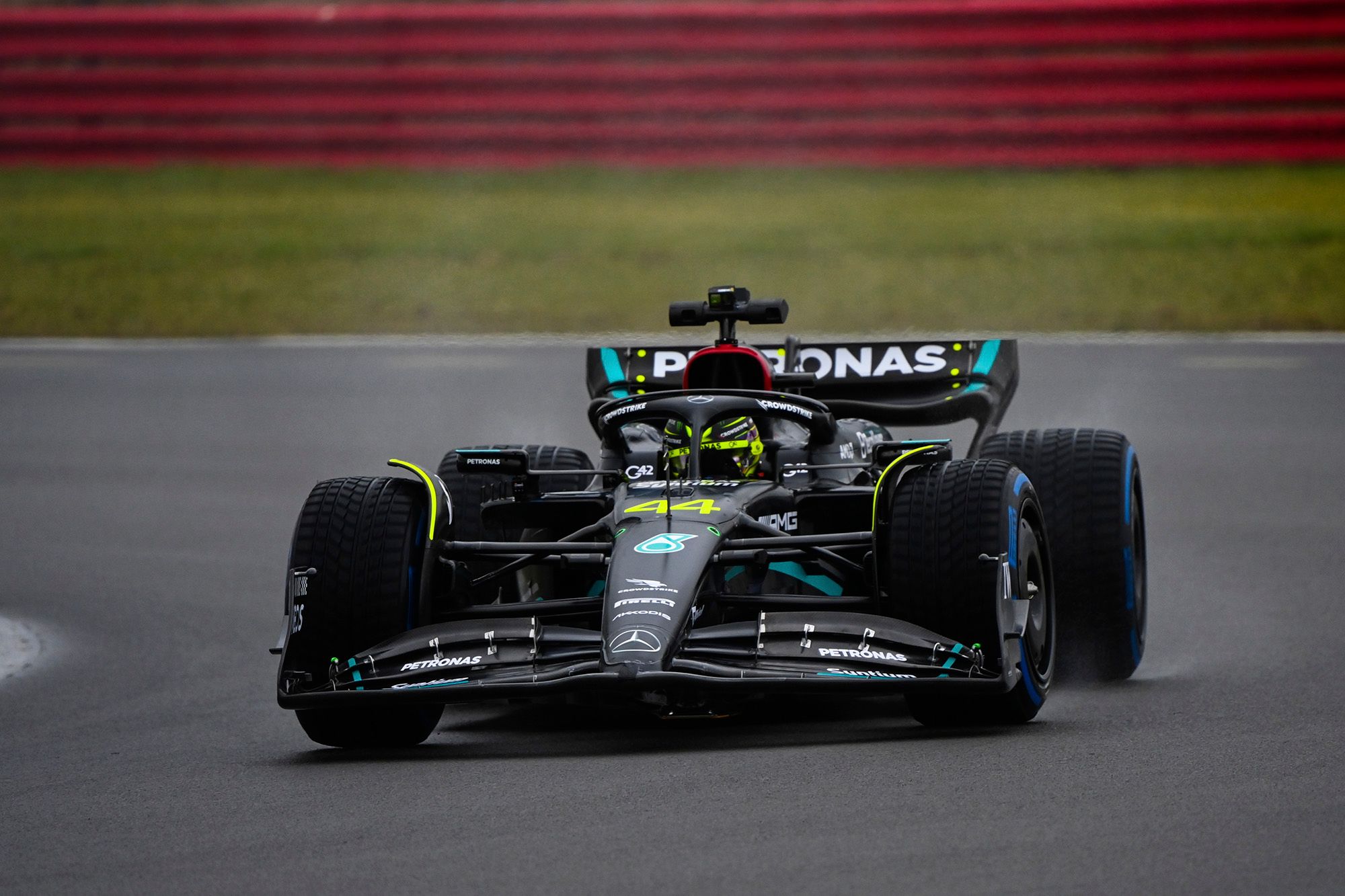
Are these the final cars for 2023?
For most teams the answer will be no, but they will all be much closer to the final cars compared to 2022 pre-season testing. This is because of the largely stable regulations, meaning teams have had a year of learning with the rules, plus the short turnaround of one week between the pre-season test and the first round which will limit the changes possible.
On the engine side, all power unit manufacturers are in a development freeze, meaning the specification of each power unit component will remain the same when they make their final choice at the first round. Manufacturers will be able to change specification as much as they like during testing as long as it follows the technical and safety regulations.
What happens if someone crashes in testing?
A driver that crashes in testing will experience the same situation as if they crashed in any other session but the consequences could be much more serious depending on the scale of the shunt.
Teams will probably have fewer spare parts of the same specification while testing as they are being changed or upgraded frequently. If a driver crashes heavily and breaks a key part, the team will lose valuable testing time and more than likely have to totally revise its test programme.
Pierre Gasly felt the full force of a costly pre-season testing crash in 2019 for Red Bull, when his high-speed off damaged multiple new parts key to the team's development programme. The crash also dented his confidence which would lead to a performance dip and his eventual relegation back to the sister Red Bull squad Toro Rosso (now called AlphaTauri).
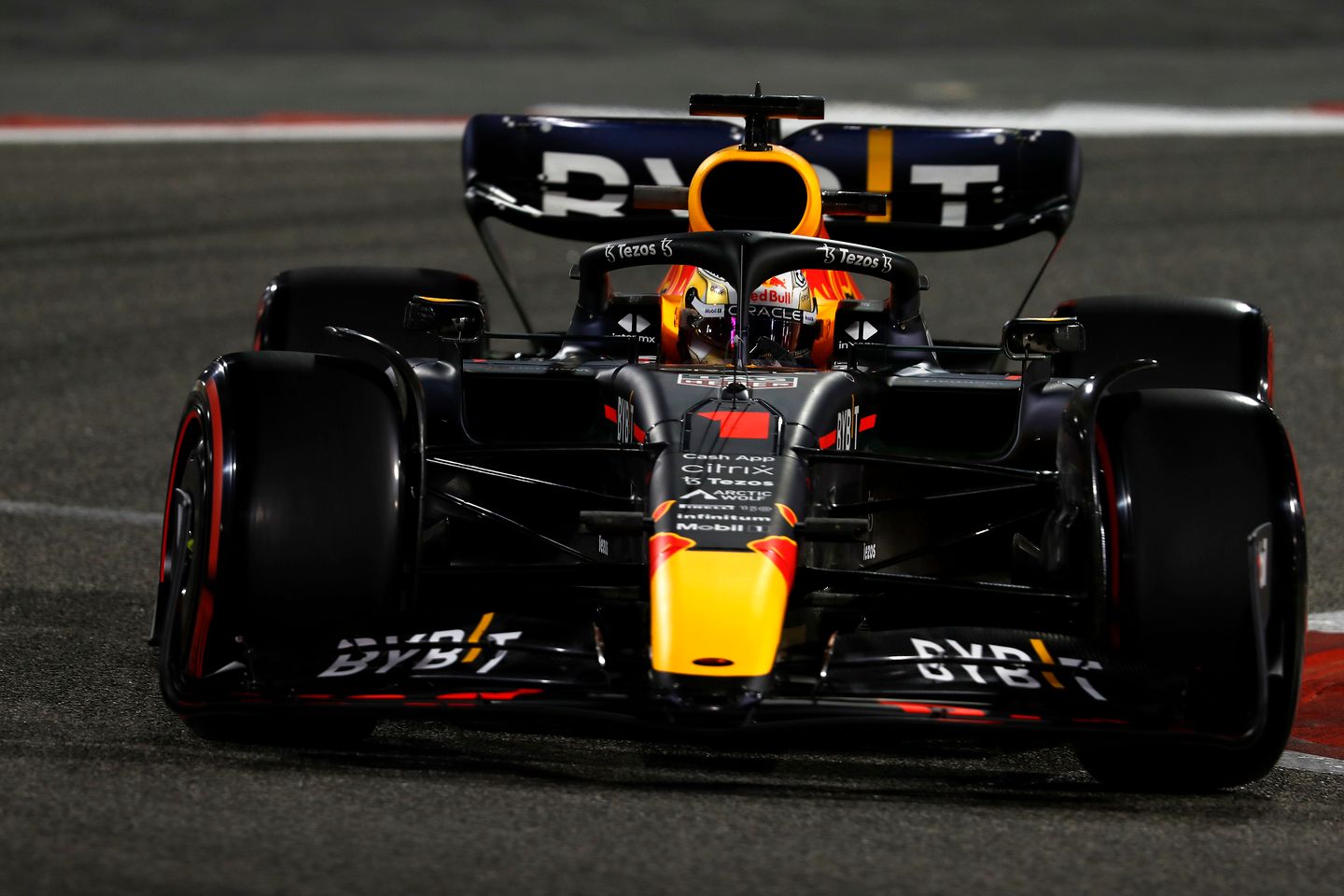
Previous F1 testing results vs winners
Here's a look at the F1 pre-season testing results over the last 11 years followed by the equivalent pole position time at the same venue later that season.
This can only be taken as a rough guide due to the various different tyres compounds, fuel loads and conditions each lap time would have been set on when you compare the fastest test lap time to pole position lap time.
Last year was the first season since 2019 that the same team didn't top pre-season testing and take pole position at the same track during the season, as Red Bull's Max Verstappen led the final day of testing but lost out to Ferrari's Charles Leclerc both in qualifying and the race at the Bahrain GP.
But it didn't end up being a sign for the season ahead, as Ferrari fell away due to reliability issues, strategy call errors and driver mistakes, while Red Bull out-developed and outperformed its rivals.